I wish I had thought of that. — Albert Einstein, upon viewing the synthesis of science and poetry, pattern and balance, chance and humor in Calder’s work in 1943
When I lived in New York City in the ‘80s, I often walked up to the Whitney Museum at Madison and 75th just to spend some time with Calder’s astonishing Circus. An act of pure imagination, the Circus was wrought from all manner of materials — yarn, wire, cloth, buttons, string — and was, for me, the epitome of Calder’s playfulness. I would watch the documentary running in the background (shot by Jean Painleve in 1955) over and over, which showed Calder unpacking the elements from two large black suitcases, setting up the rings, carefully putting the head of the lion tamer into the lion’s mouth, ushering the elephants and dog-laden horse around the ring, spotting the trapeze artists and generally acting like a big, galoompfy kid.
What I didn’t know then was that Calder was actually a trained mechanical engineer and that all of his works — no matter how playful and simplistic they seem — are serious statements about his interpretation of the avant-garde movement of the day. For him, that meant objects in motion, combined with technical skill and an uncanny understanding of performance, shadow and position and how they all operate in space. By doing what he did, he absolutely revolutionized the concept of public sculpture.
When I was invited to attend a press preview recently for the new exhibit at the Peabody Essex Museum (#PEM) in Salem, MA, I jumped at the chance. Calder and Abstraction: From Avant-Garde to Iconic opened on September 6 and will run through January 4, 2015. The PEM is the exclusive East Coast venue for this major Calder exhibition and was organized by the Los Angeles County Museum of Art (LACMA) in collaboration with the Calder Foundation. It brings together 40 sculptures by this most influential and innovative artist and includes mobiles (which hang from above and move), stabiles (which are anchored from the bottom and sometimes move) and maquettes (models for larger pieces) made between the 1930s and the late 1960s. These curvilinear creations can alternately be stirred into motion by air currents (or water) or stand strong but gracefully in public places.
Alexander Calder, who was in Paris when it was the best time to be in Paris (in
the 1920s), was influenced by some of the (now) great avant-gardists. In fact, it was Marcel Duchamp who coined the word “mobile” and the Dadist Jean Arp who created “stabile.” The words simply didn’t exist before. And, following the lead of Piet Mondrian, you will not find any green in any of Calder’s sculptural works. Ever!
Calder was born in Pennsylvania to a family of accomplished sculptors. After earning a degree in mechanical engineering, he went to Paris as a young man and came back to the United States shortly after the outbreak of WWII in Europe. But what he learned there in the epicenter of the Abstract-Constructivist movement changed him forever.
In the ‘40s and ‘50s, Calder produced some of his most career-defining work, wherein linear elements and open shapes replaced solid volumes, and flat planes replaced three-dimensional volumes. Through the innovative use of sheet metal and wire, Calder created pieces both small and monumental, with recurring themes such as linearity, dimensionality, biomorphic forms and the tension between mass and weightlessness. From the mid-‘50s on until his death in 1976, Calder worked with 1/4” steel in order to construct larger, more durable and ambitious stabiles that were frequently commissioned for public spaces.
This is en eye-popping exhibit that I urge you to see — even if you think Calder is pure puffery. He isn’t. The show has been beautifully curated to allow for space and time to contemplate each piece. The way you look at a piece the first time is not the way you will see it after it moves a bit. Things are constantly changing, as in life.
Calder apparently named his pieces after they were completed and created them without deep philosophical intention. The names are merely evocative, not literal descriptions. His works are genius pieces of engineering and beautiful theatrical performances, presented with a backdrop of perfectly suited music.
So go, and don’t miss the shadows . . . revel in the science of what he’s created . . . experience the guilty pleasure of liking Calder. It’s revolutionary.
Click here for more information about the PEM show.
Buon viaggio!
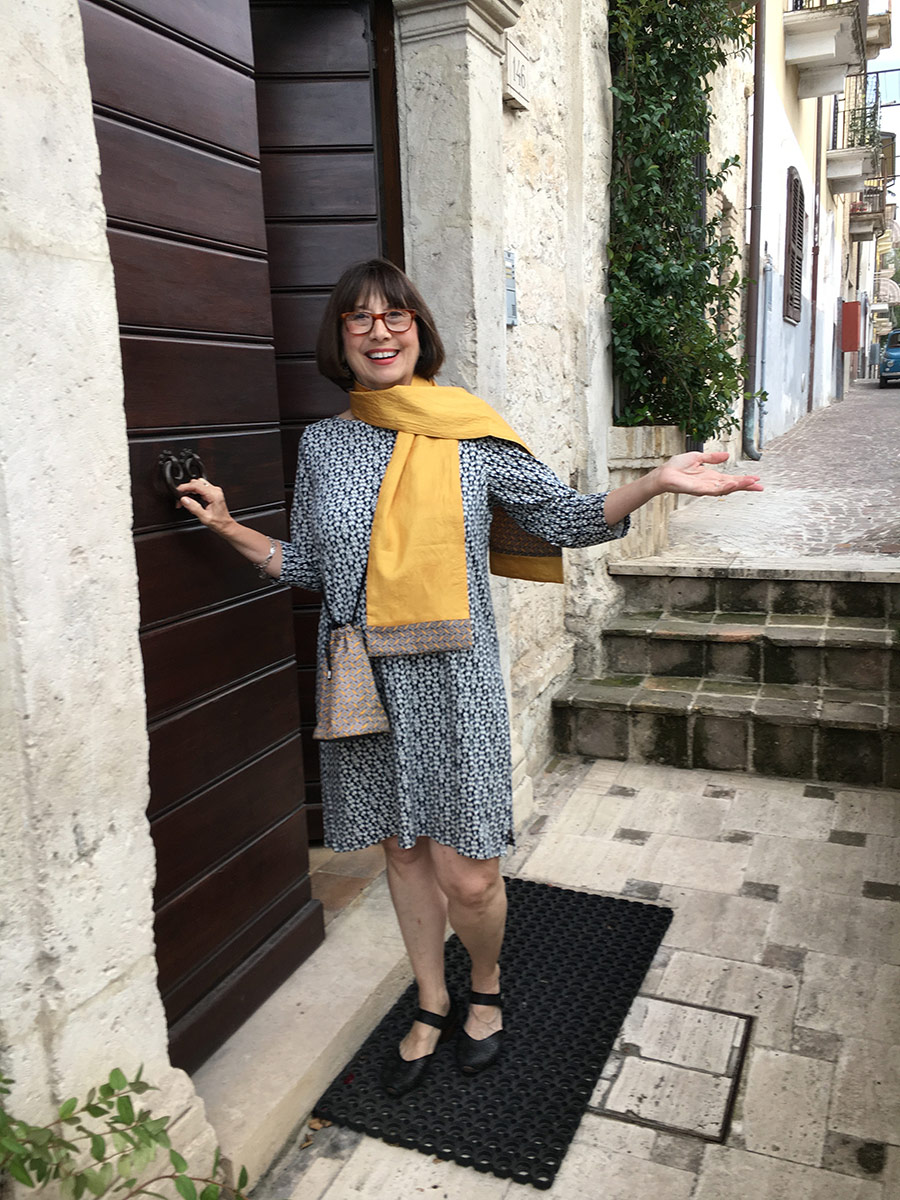
Linda Dini Jenkins is a card-carrying Italophile, travel planner, freelance writer, and amateur photographer. Travel is her passion, so writing about her travels just comes naturally. She hopes all her travelers find a way to express their joys, surprises, and fears as they travel and gives every traveler a nifty journal to help smooth the way. Learn more…
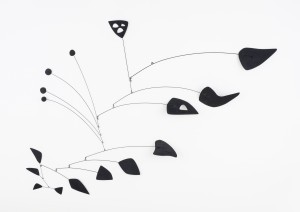
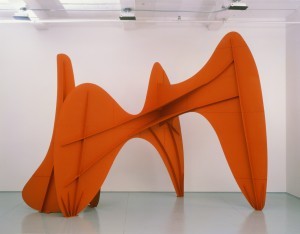
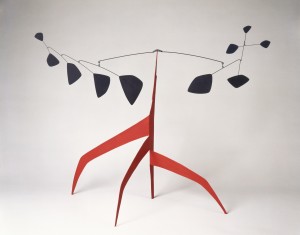
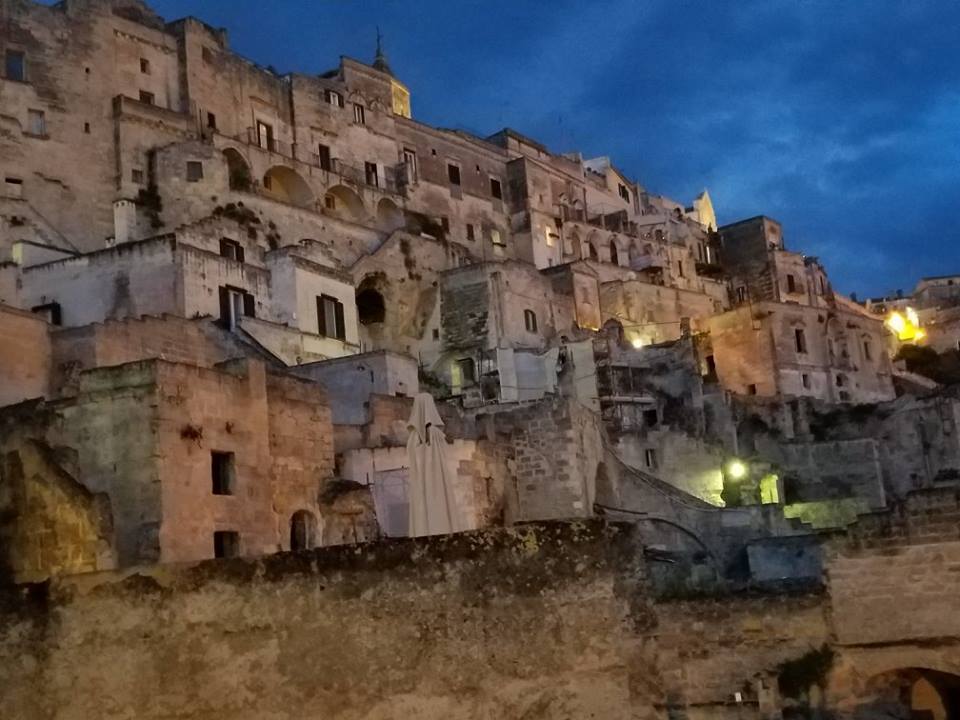
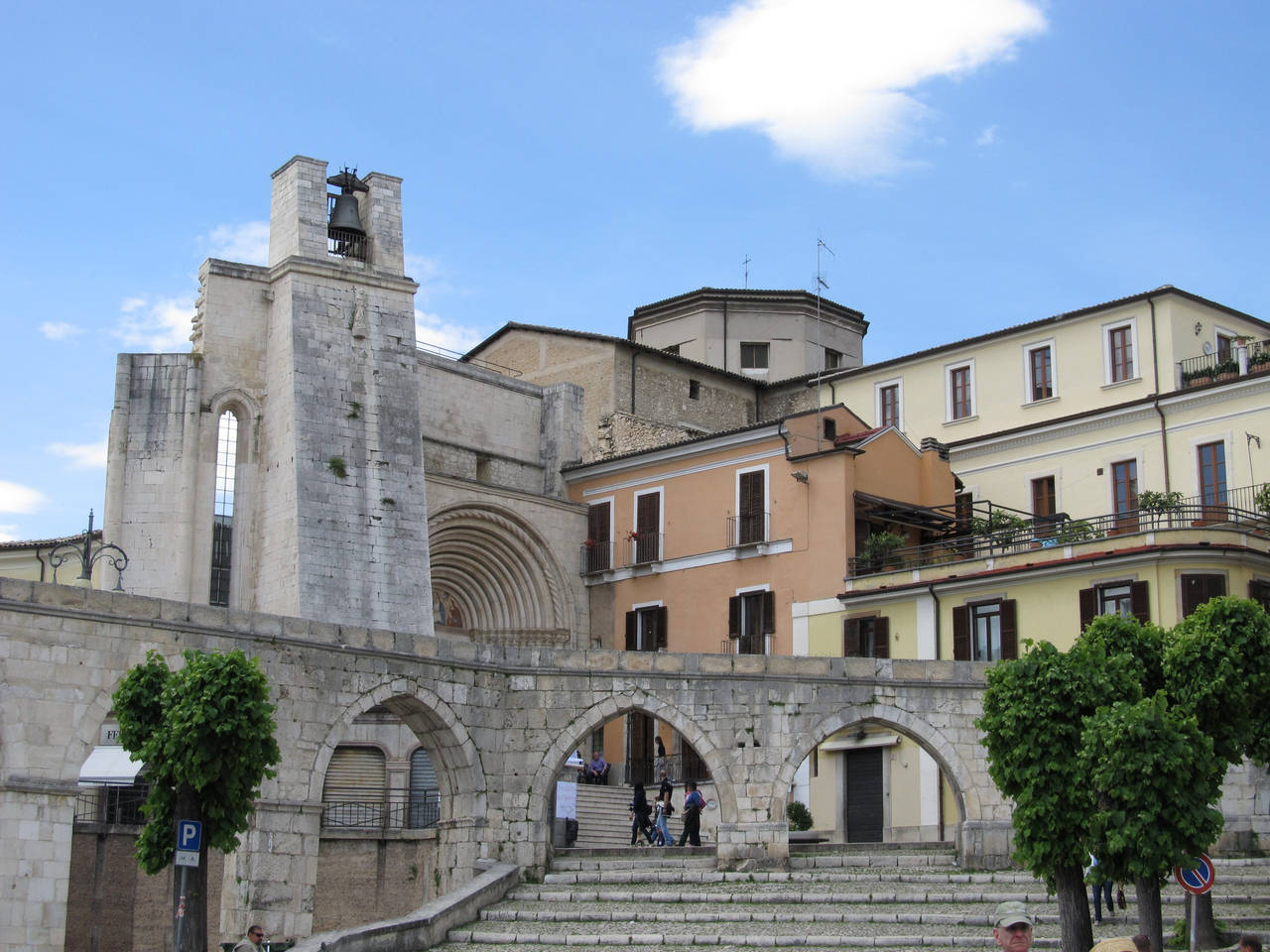

Recent Comments